Choosing a kid’s bike isn’t the most straightforward job; leave alone finding the right type of tire.
If you’re a parent of a bike enthusiast, be prepared to get replacement tires once their tires wear out or at least upgrade their existing tires for better speed, durability, and a fitter performance.
The thing is that kids are usually limited in that most of the time, they are forced to go with whatever type of tire their bike came with. However, as they get older, they tend to narrow down their interests so you have a working idea of what suits the type of riding they are interested in.
As we said, getting the right replacement tires for that particular demographic isn’t the easiest job. Especially so with a large number of choices in the market and jargon that you also need to be familiar with. However, a few guiding principles will get you on the right path.
If you are purchasing to go tubeless, check out our guide on converting a kids' bike tire to tubeless.
Factors to Consider before Buying Kids' Bicycle Tires
In a nutshell, the usage of the bike and the size of the wheels should be the main guiding principles for the type of tire that you should get. What other determinants exist?
Let’s go through each one of them, shall we?
1. Tire Size
The size of a wheel is determined by the measure of its diameter, and the bike’s size is in turn, determined by the wheel size.
That means that a 20-inch bike is one whose diameter is 20 inches wide and so is its tire size.
This tire size is usually indicated on the tire's sidewall and should, therefore, act as a guide for the size you need to get as a replacement tire. It is usually accompanied by the width (which we’ll explore a little later).
There is a variety of wheels, and tire sizes with smaller sizes for kids ranging between 12 inches and 24 inches on the highest extreme. Here’s a sizing guide that should help you
- 12-inch wheel diameter- common for kids between 2 and 4 years old
- 14 inches wheel diameter- common for kids between 4 and 6 years old,
- 16-inch wheel diameter- common for kids between 5 and 8 (many kids’ bikes and folding bikes)
- 18-inch wheel diameter- common for kids between 6 and 9 years old,
- 20-inch wheel diameter- common for 7 to 10 years old (very common size, found on BMX and some folding bikes)
- 24-inch wheel diameter- common for kids aged 9 years old and above ( some kids bikes, large-wheeled BMX)
As kids get older, they’ll graduate into small-framed adult bikes with 26-inch, 27-inch, or 700c wheels.
You also need to note that the dimensions of tire size are usually indicated in inches and appear as the first figure on the sidewall. So for instance, 20 x 2.5 inches means that the tire size is 20 inches and not 2.5 inches which is the measurement for the tire width.
In essence, you want to get a tire whose size is a perfect fit that lies within the indicated tire dimension. So be sure to check the specifications of the current tires against the ones you want to replace them with.
At the end of the day, an incorrect diameter is impossible to install on your wheel. You have more freedom with the width than the wheel diameter.
2. Tire Width
This is the second half of a tire’s sizing.
As we mentioned above, the width is also usually indicated on the tire’s sidewall alongside the wheel size. It can be expressed in inches or millimeters (generally in inches for mountain bikes and millimeters for road tires).
So 16 x 1.5 means a 1.5-inch tire width while 700 x 23 denotes a 23 mm width and a 700mm outer diameter measure.
The main question that you need to ask yourself is, “how fat do you want to go?” and the answer to this question depends on what you want to achieve/ what type of riding your kid wants to do.
Wider/ fatter tires work best for off-road riding. This is because they offer more grip, which is especially important for off-road. They also provide more comfort and resist pinch flats better due to the higher volume within the tire.
On the flip side, they have the disadvantage of offering higher rolling resistance and are heavier, both of which eventually slow you down.
Narrower/skinnier tires are more suited for harder or rougher terrain, such as paved roads. They have the advantage of lower rolling resistance, which translates to more speed. Not only that but they are also lighter and more aerodynamic.
Narrower tires are, however, not without their disadvantages. For starters, they are not as comfortable nor as grippy.
Another thing you need to consider while looking for the right width is that your bike has enough clearance to accommodate your chosen tire. Frame and fork clearance is important because if there isn’t enough clearance, the tire will obviously rub on the frame.
And while you have the freedom to play around with the width, by going narrower or wider, you want to avoid going too far off of the initial width of the tire that the bike came with.
That said, the type of bike you are riding, and more so its frame is also an indicator of the width you should go for.
Always look for the right balance of comfort, speed, and grip.
3. Rubber Compound
You will notice that although tires are made of rubber, they are far from equal in terms of thickness and hardness.
The compounds that make a bike tire usually vary from manufacturer to manufacturer as they all strive to find the right balance of grip, rolling resistance, and other handling characteristics such as puncture resistance and even durability.
Some tires have multiple compounds resulting in firm rubber in areas such as the center tread and softer rubber along the edges. This is because the placement is intended to affect the tire’s performance on the surface positively it will be placed against.
You need to realize that the amount, size, and position of treads on the rubber won’t always be the same. Ultimately, the principal guide for this is the usage of the bike.
4. Tread Pattern
Other than the factors mentioned above, one other major feature that usually differentiates one tire from the other is its tread type.
A tread pattern is basically the outline of the rubber compound of the tire, while grip has to do with the way that the rubber interacts with the road. This pattern depends on the surface's smoothness or roughness that the tire will be ridden on.
In other words, it is usually determined by the extent and frequency of use, as every discipline has a specific kind of tire designed for it.
The type of tread affects the amount of grip and traction a tire offers. It can also affect the speed in that different treads can result in a slower or faster ride.
Overall, you are much safer with an all-terrain tire for younger kids with 12” to 14” bikes as this gives them the freedom to ride wherever their tires take them rather than sticking to a certain type of terrain.
As they age, they start expressing interest in a particular type of riding. Then you can get them a tread that matches the kind of discipline they are interested in.
Road bike tires have slick tires with little to no tread, which translates to lower rolling resistance and faster speeds. They can sometimes have small channels along their edges for water to escape from but not too much as the bikes never go fast enough for water to accumulate underneath the tire and cause it to skid.
Overall, fewer lugs result in a better grip for road bikes, so that is the type of tread you should go for if your kid is into urban cycling.
For off-road riding, more lugs are required for additional grip on the loose, wet surface.
Mountain biking tires will more than likely have the central tread with closely grouped-together lugs and more spaced out toward the edges.
As for BMX (street) riding, the best tires are those with wide tires with small lugs that result in added grip and overall cushioning, which is especially important when doing tricks.
5. Rolling Resistance
Rolling resistance refers to the friction between two surfaces when one is static and the other is in motion above it. In this case, the stationary surface is the road while the bike’s tires move/roll above them.
If the friction/rolling resistance is reduced, with the same amount of push, the object in motion will move faster.
So the big question is, “how do you reduce the rolling resistance to end up with faster speeds?” Reducing the contact area between the two surfaces can reduce the friction experienced.
Wider tires have more contact with the surface of the road as compared to narrow tires. This, therefore, means that wider tires have higher friction/ rolling resistance than narrower tires.
Another thing that affects the friction/ rolling resistance is tire pressure. A deflated tire has more contact area with the road, so friction also increases.
For those reasons, keeping tires properly inflated will ensure they don’t flatten and have high rolling resistance.
As such, narrower tires with high pressure have low rolling resistance. And as a rule of thumb, the lower the rolling resistance, the better, the faster the ride.
6. Tubeless Tires vs. Tubes Tires
Regarding tubeless versus tubed tires, it’s simply a matter of preference and precaution.
Tubed tires have an inner tube that requires to be inflated. When the inner tube is inflated, it fits perfectly within the tire. However, tubed tires are more prone to flat tires and threaten the rider when riding at high speeds.
On the other hand, tubeless tires are designed to work without inner tubes in that they have an inner rubber layer attached to the inside of the tire. In other words, they don’t require an inner tube to remain inflated
The continuous layer within attaches to the rim via a sealant that makes air impermeable to the tire. This reduces the chances of a flat significantly when riding at high speeds as the object that would pierce into the tire and puncture it would most probably get stuck on the thick layer, causing it to deflate much slower.
Tubeless tires are lighter and ride smoother but are more expensive and usually require both time and know-how for efficient setup. But all the same, tubeless tires are quickly becoming more popular for their lightweight nature and their ability to combat flats.
Just be sure that your wheels are compatible with tubeless tires before purchase. You can either have tubeless-ready components (rim and wheels) or use conversion kits to convert your standard rim and tire into a tubeless system.
7. Brand of the Kids' Bike Tires
Last but equally important, you must consider the brand you buy from.
You always want to buy from known brands similar to the one you would get adult tires from, as they have proven experience in biking components.
To name but a few, Kenda tires, Schwalbe tires, Goodyear tires, Maxxis tires, Spawn cycles, and Vee Tire Co are some of the best bike component companies out there.
You will not find better quality tires in the small size as these ones. Remember to buy a pair, as they are often sold individually, and you will be ready.
Bottom Line
All bike lovers agree that replacement tires can unlock a bike’s potential.
If you know nothing else about bike tires, then remember the following as a guide to choosing your kid's tires:
- Check the tire’s size and width on the tire’s sidewall as a model for the replacement tires you should get.
- Consider the riding your kid is interested in, as tires are specific to a certain discipline.
- If your kid has yet to express interest in a certain type of riding, stick to all-terrain tires.
- The lower the rolling resistance, the faster the bike.
- Narrower tires offer less rolling resistance, which is great for road bikes.
- The more pronounced the tread, the better the grip, especially for off-road riding.
- You can never go wrong with the guidance of a good bike brand
- Consult the local bike shop before the final purchase if you are still in doubt.
Related Articles:

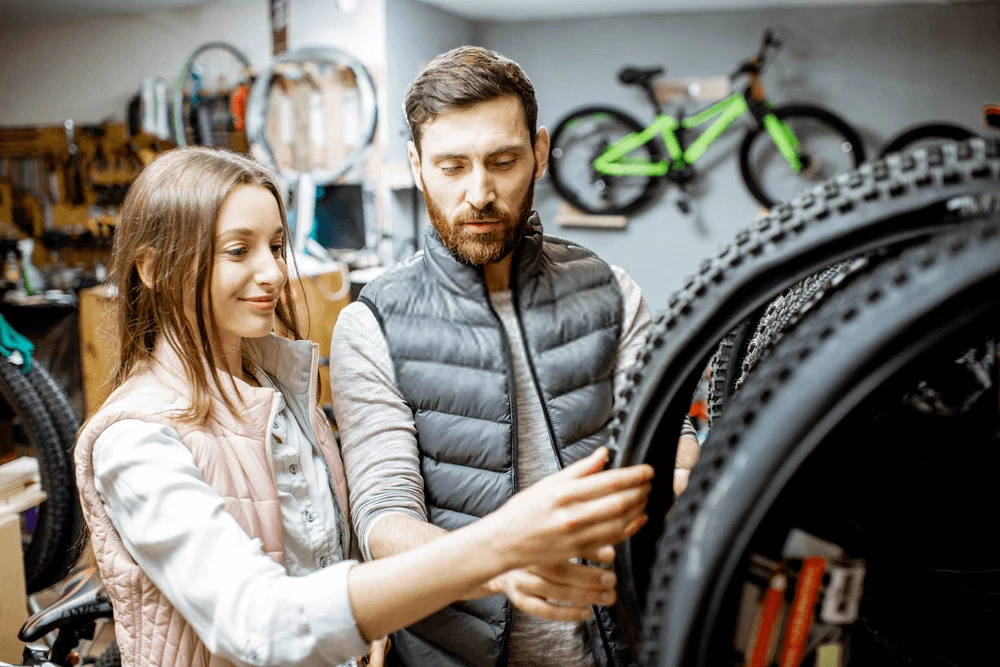

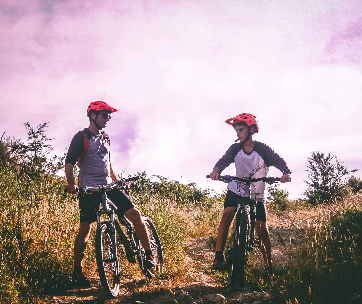

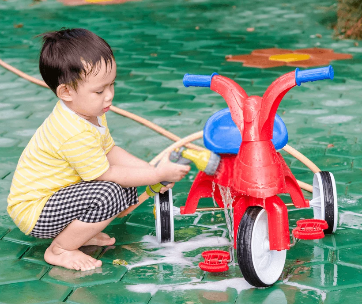
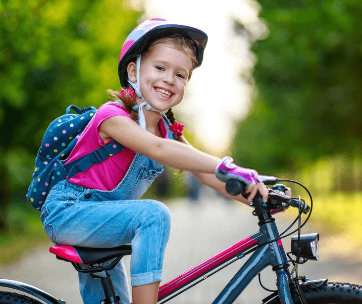
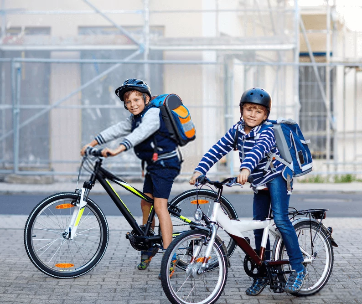
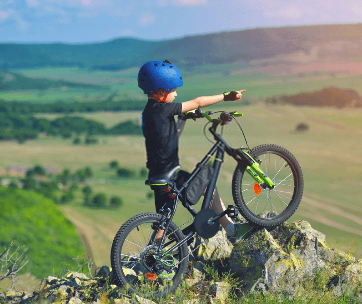

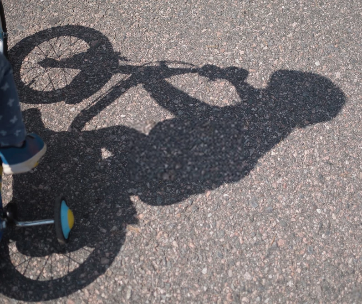

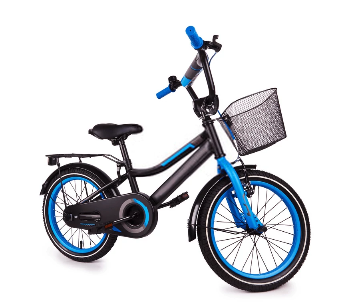

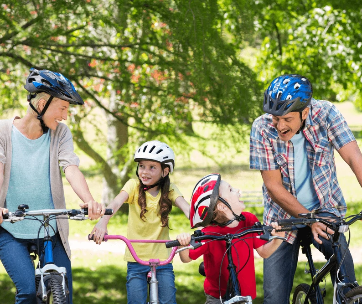
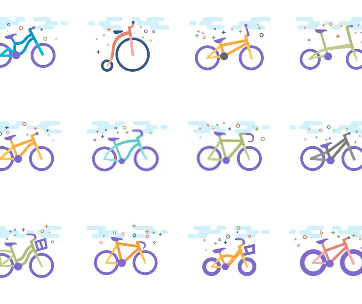



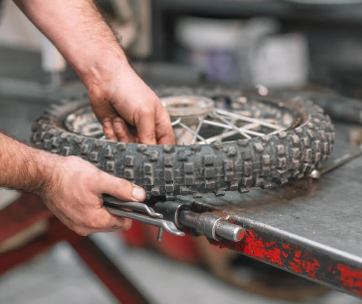
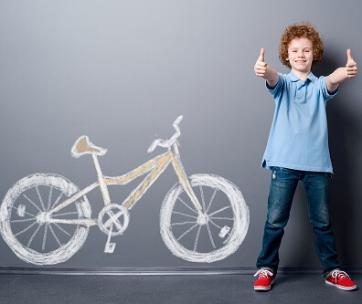
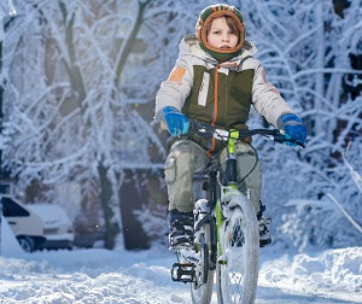


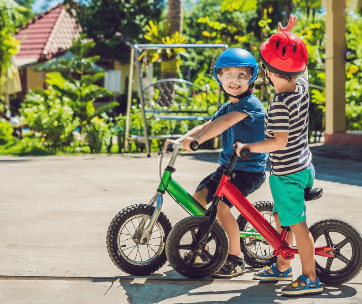
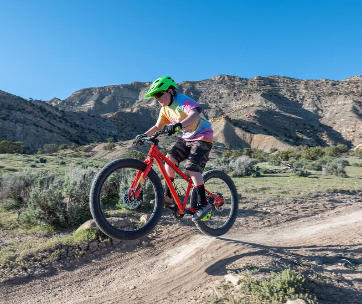
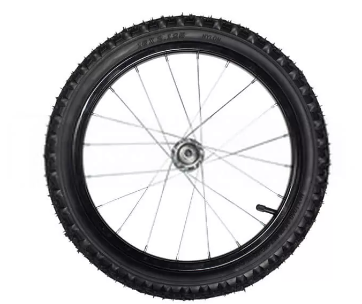
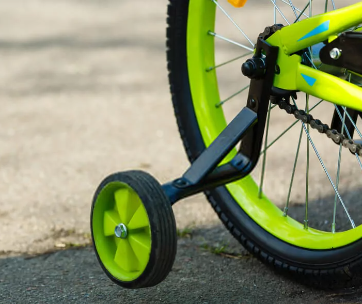
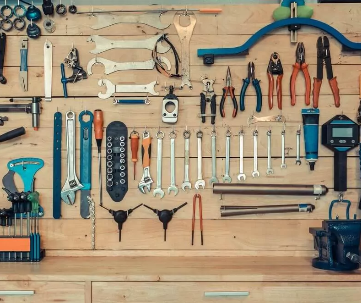
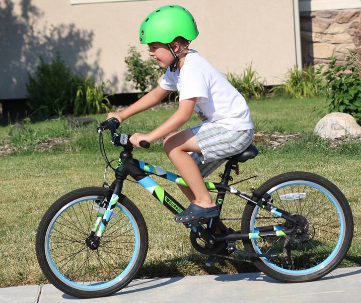
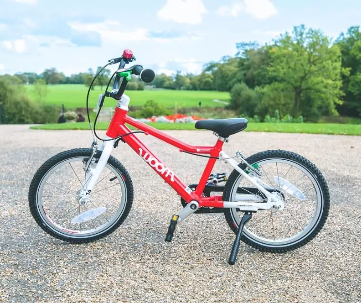

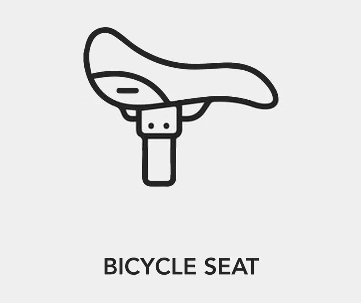
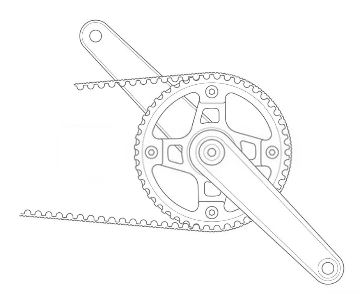
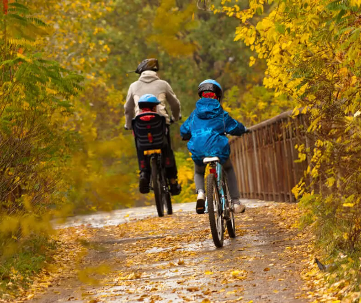
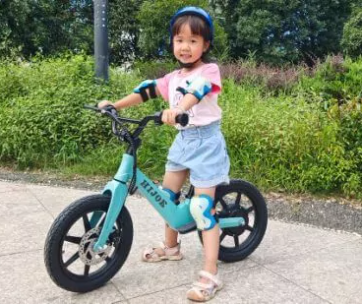

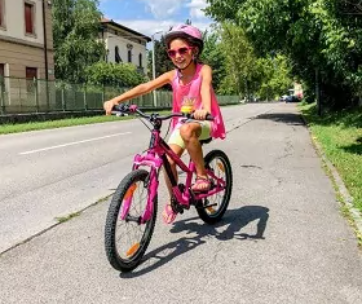
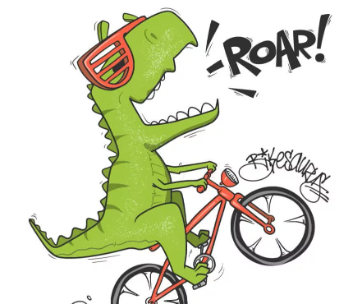
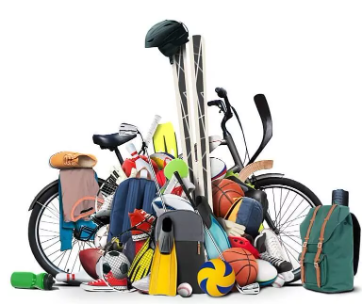
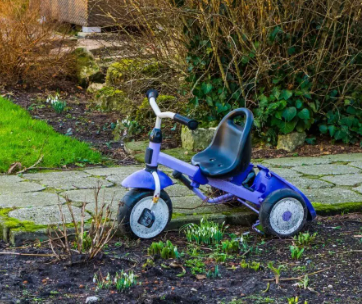
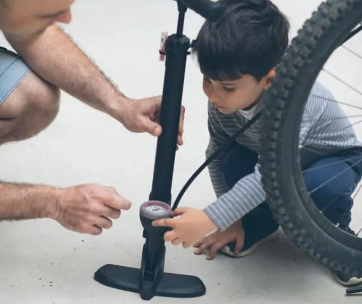
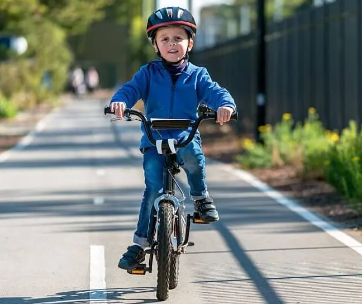
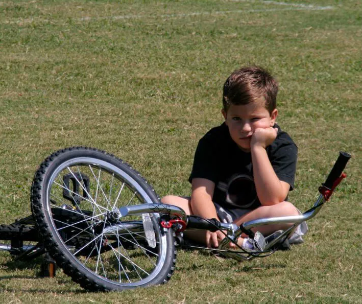
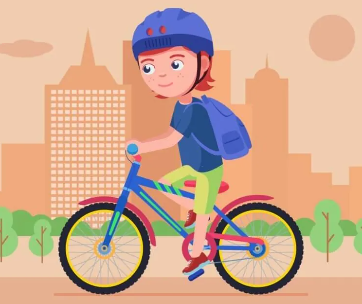



Comments